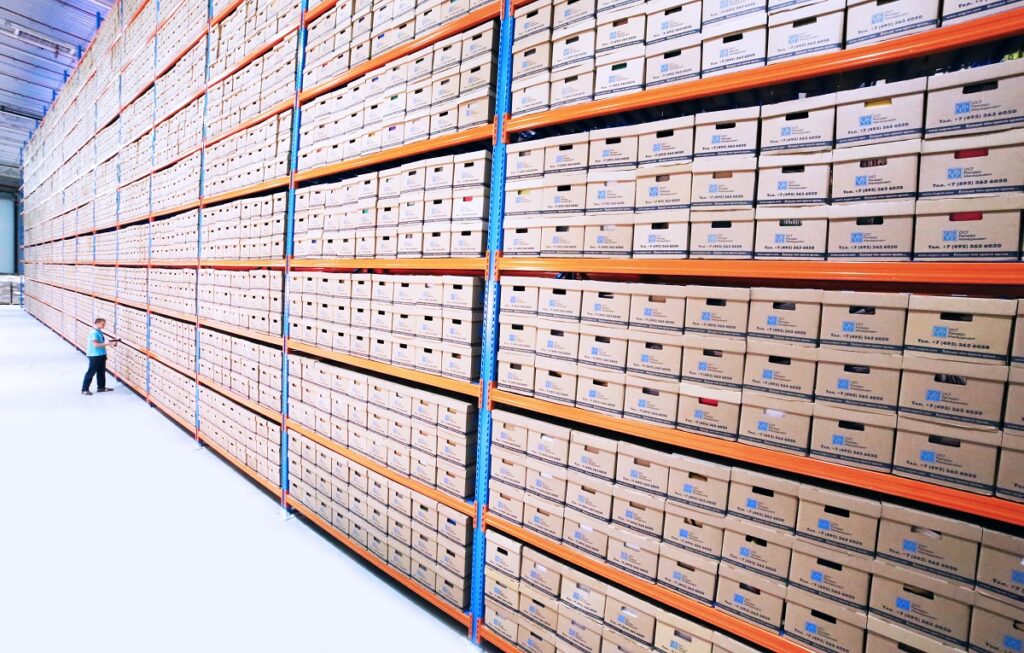Inventory management is a crucial aspect of any business that deals with physical goods. It involves keeping track of the inventory levels, ensuring that there are enough items in stock to meet customer demands, and preventing any losses due to theft, damage, or obsolescence. Two popular methods of inventory management are perpetual inventory and periodic inventory. In this article, we will take a closer look at both methods and compare their advantages and disadvantages.
Perpetual vs Periodic Inventory
It’s up to each individual business to decide whether to use a perpetual or periodic inventory system. Each has its own advantages and disadvantages. Let’s compare the key aspects of both systems.
What Is Perpetual Inventory?
Perpetual inventory is a system that keeps track of inventory levels in real time. It uses software and hardware such as barcode scanners and RFID tags to monitor the movement of items in and out of the inventory. This means that every time an item is sold or received, the inventory levels are updated immediately. With perpetual inventory, businesses can have a clear and accurate view of their inventory levels at all times.
Advantages of Perpetual Inventory
One of the major advantages of perpetual inventory is that it minimizes the risk of stockouts. Since businesses can see their inventory levels in real-time, they can quickly replenish stock as soon as it runs low. This ensures that there is always enough inventory to meet customer demands, which can lead to increased customer satisfaction and loyalty. Additionally, perpetual inventory can help businesses detect any inventory discrepancies, such as missing items or incorrect counts, and address them promptly.
Disadvantages of Perpetual Inventory
However, perpetual inventory also has some disadvantages. It requires significant investment in hardware and software, which can be costly for small businesses. Additionally, the system relies heavily on technology, which means that any technical glitches or malfunctions can result in inaccurate inventory levels. This can lead to overstocking or understocking, which can negatively impact the business’s profitability.
What Is an Example of Perpetual Inventory?
An example of perpetual inventory is a retail store that uses barcode scanners and point-of-sale (POS) software to track inventory levels. Whenever a customer purchases an item, the POS system deducts the item from the inventory levels in real time. Similarly, when new items are received, they are scanned into the system, and the inventory levels are updated accordingly. The business can use this real-time inventory data to make informed decisions about restocking, pricing, and promotions.

What Is Periodic Inventory?
Periodic inventory is a simpler and less expensive system that involves manually counting inventory levels at regular intervals, such as weekly or monthly. This means that businesses only update their inventory levels periodically, hence the name. While periodic inventory is less accurate than perpetual inventory, it can still be an effective system for small businesses with low inventory turnover rates.
Advantages of Periodic Inventory
One of the advantages of periodic inventory is that it is a low-cost option for businesses. Since it doesn’t require any hardware or software investment, it is a viable option for small businesses with limited resources. Additionally, periodic inventory can help businesses identify slow-moving items and take corrective action to prevent losses.
Disadvantages of Periodic Inventory
However, periodic inventory has some disadvantages as well. It is less accurate than perpetual inventory since it only provides a snapshot of the inventory levels at a specific point in time. This means that businesses may not be aware of any inventory discrepancies until the next counting period, which can result in lost sales or excess inventory. Additionally, manual counting can be time-consuming and prone to human error.
What Is an Example of a Periodic Inventory System?
An example of a periodic inventory system is a small bakery that counts its inventory levels once a month. At the end of each month, the bakery conducts a physical inventory count of all its ingredients, such as flour, sugar, and eggs. Based on the count, the bakery updates its inventory levels, which it then uses to make decisions about reordering ingredients and adjusting prices. Since the inventory count is conducted periodically, the business may not have an accurate view of its inventory levels throughout the month, which can lead to overstocking or understocking.
Should I Use a Perpetual Inventory or a Periodic Inventory System?
When it comes to choosing between perpetual inventory and periodic inventory, businesses need to consider several factors. Firstly, they need to evaluate their inventory turnover rate. If their inventory turnover is high, they may benefit more from using perpetual inventory since it provides real-time visibility of inventory levels. On the other hand, if their inventory turnover is low, periodic inventory may be a more cost-effective option.
Another factor to consider is the size of the business. Small businesses with limited resources may find periodic inventory more suitable since it doesn’t require any significant investment in hardware or software. However, larger businesses with higher inventory turnover rates may benefit more from using perpetual inventory since it provides more accurate and timely inventory data.
Summary
Both perpetual inventory and periodic inventory have their advantages and disadvantages. Businesses need to evaluate their specific needs and resources to determine which system is more suitable for their operations. While perpetual inventory may provide more accurate inventory data, it requires significant investment in technology. On the other hand, periodic inventory may be a cost-effective option for small businesses, but it may result in less accurate inventory data.


